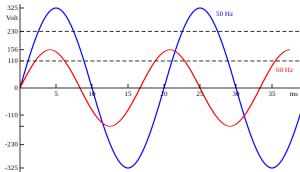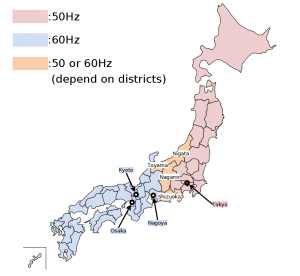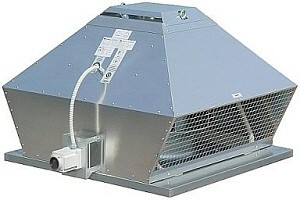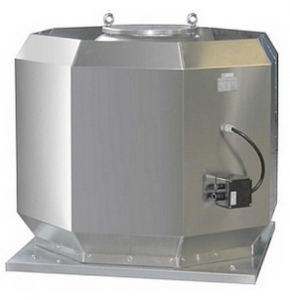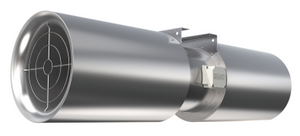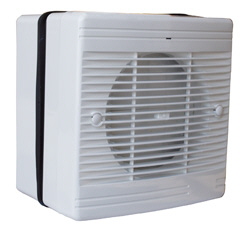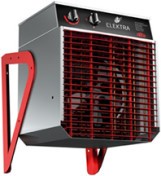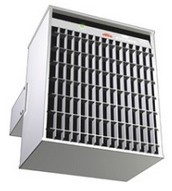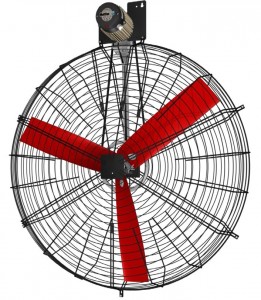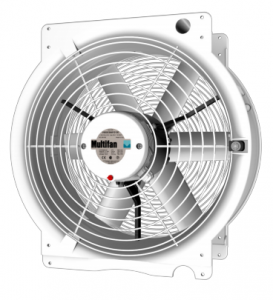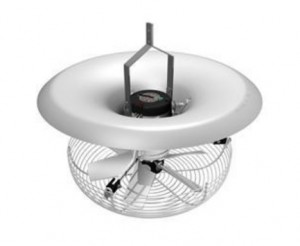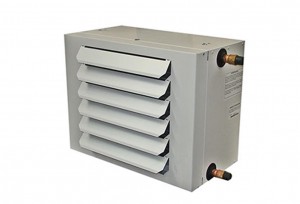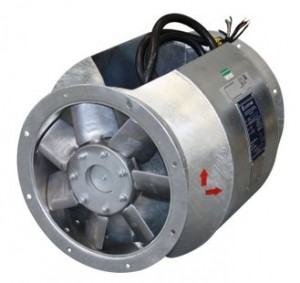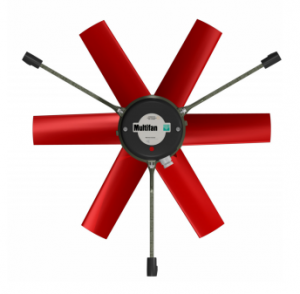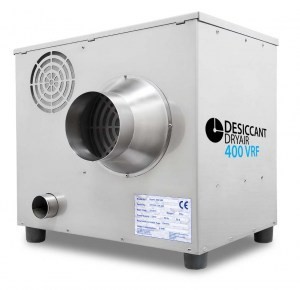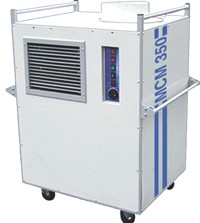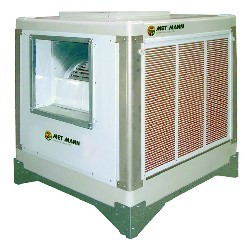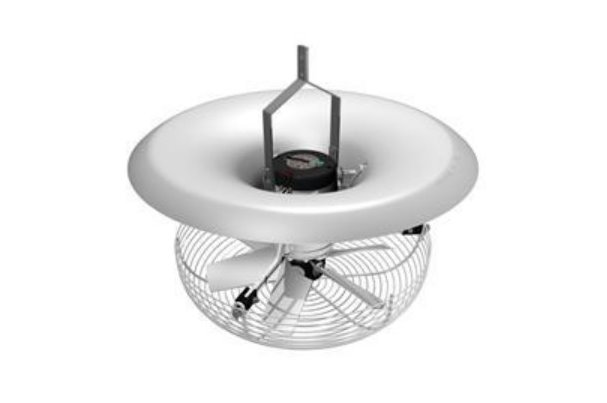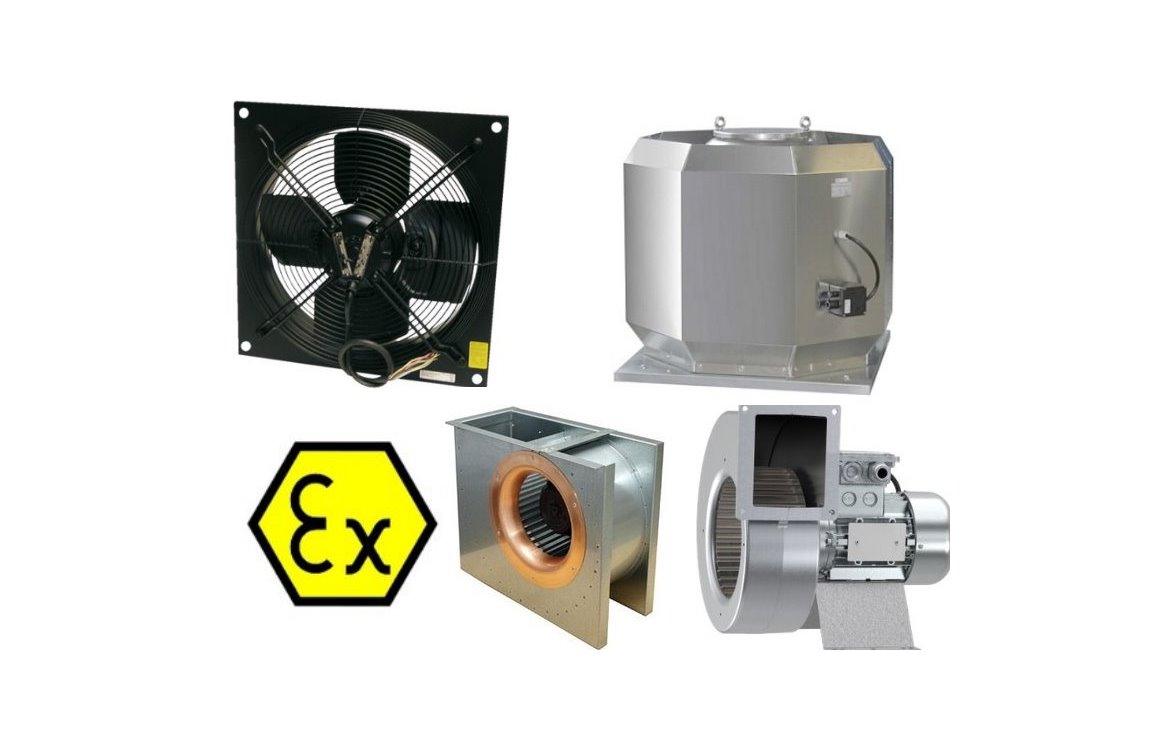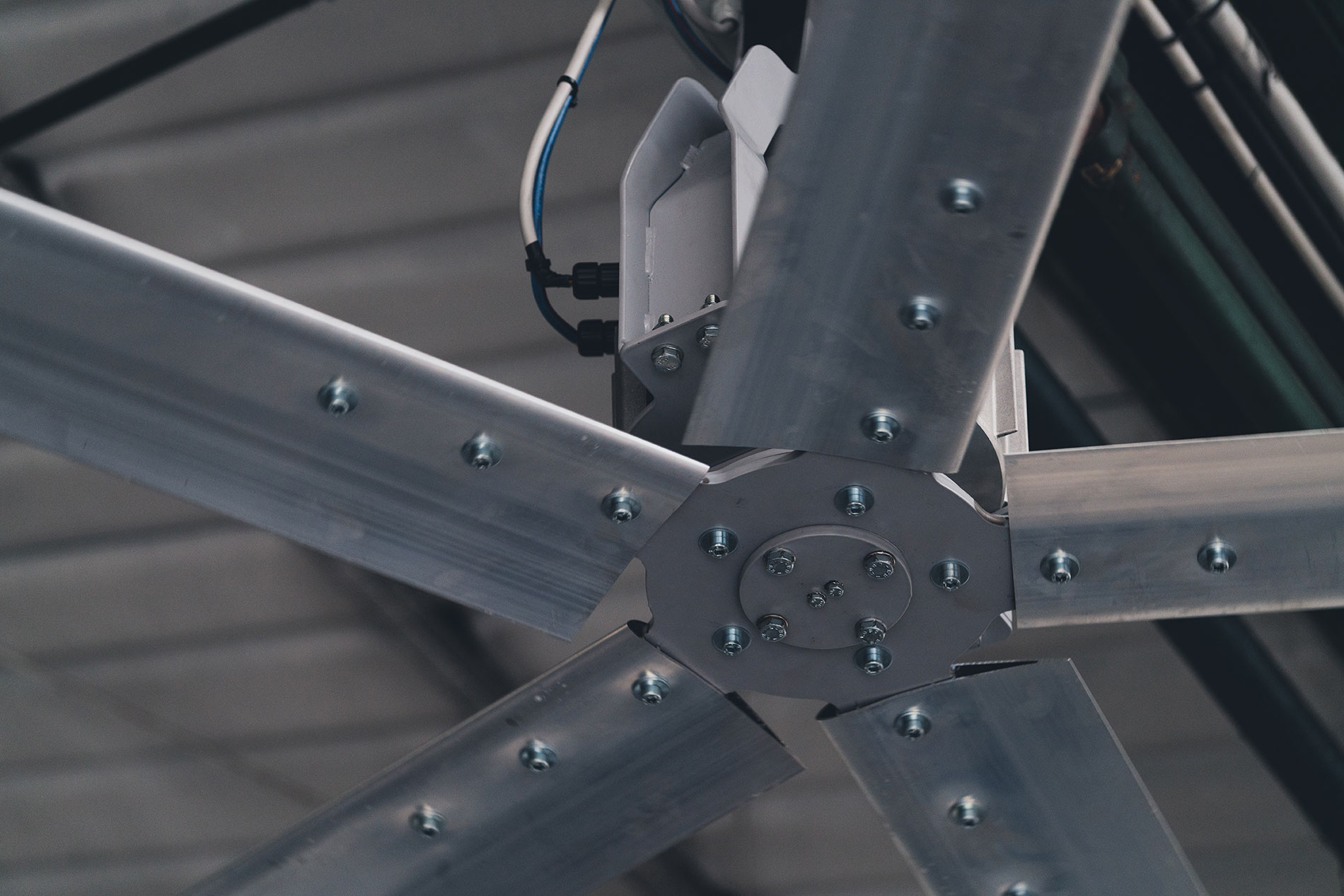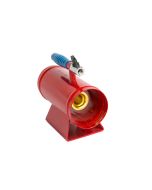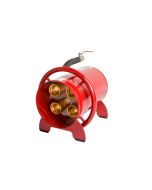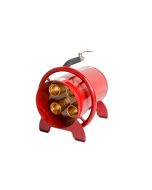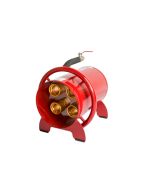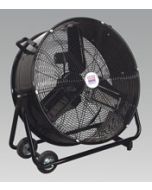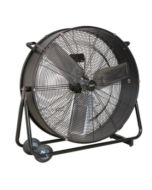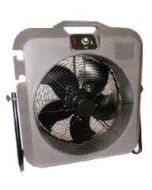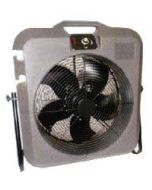About 50Hz And 60Hz Machines

50Hz or 60Hz?
The waveform of 230 volt, 50Hz compared with 110V, 60Hz
The majority of power outlets across the world operate 50Hz (220–240 V), ranging from majority of Europe and Asia, Africa, Australia, Russia, and South-Southern America.
However, Northern America, and Nothern South America, operate a frequency of alternating current at 60Hz (100–127 V). To most, this is not new information, but how many can actually answer- why the difference?
When looking at the choice of grid frequency (assuming both voltage levels are the same), there can be seen to be no particular major advantages between either frequencies, with both being quite similar from an electrical perspective. Where they differ, however, is from a design perspective. Simply, 60Hz supplied to a motor makes it rotate faster compared to it being supplied by 50Hz.
It used to be easy, insofaras machines with motors would be able to work on either 50 or 60Hz, however as electric motors have developed over the years to become increasingly efficient, it seems that they are also more fussy about the frequancy or the supply. These days a machine that can run on both frequencies is a rarity and it is typical that they either run on 50Hz or 60Hz, but not both.
Historical Influences
Choices over frequencies does however have historical reasons. Early on in the history of electricity, the norm was set with Thomas Edison's General Electric company distributing direct current (DC) electricity at 110 volts in the United States (U.S). With this, Nikola Tesla introduced three-phase alternating current (AC) at 240V. This allowed for three slightly out of phase alternating currents (AC) to combine and even out great variations in voltage occuring in AC electricity. With this, Tesla conclued that 60 cycles per second (60Hz) was the most effective frequency. However, due to safety reasons, reduced the voltage down to 120V. With this, 60Hz became the standard for the United States and Americas.
Over in Europe, German company AEG invested in generating electricity at 120V/ 50Hz instead of 60Hz to better fit their metric standard, and the result became the norm in mainland Europe. Post World War II, Europe switched to 220V for better efficiency in electrical transmission, and simulatensously, Great Britain changed from 60Hz to 50Hz to follow the European lead. What could have been an expensive switch-over was averted because few people possessed electrical appliances at this stage. However, at this stage a large portion of U.S consumers possessed electrical appliances and such a switch-over would not be viable. A comprimise was concluded with 240V being able to be introduced to a house where it could be split to 120V to power most appliances, whilst certain household appliances such as the electric stove and electric clothes dryer, would be powered at 240V.
Today, there are still a small minority of countries split between the two. For example, all of Japan runs on the same voltage, however the frequency differs from region to region. Eastern Japan (including Tokyo), uses 50Hz after purchasing electrical generators from the German company AEG in 1895. A year later, American company General Electric, provided 60Hz generators for cities in western Japan (including cities such as Osaka and Kyoto).
Interested in products catered to 60Hz?
There seems to be a slight bend in the rule however. Majority of offshore vessels and platforms run off 60Hz, no matter where they originate or are manufactured. Ranging from oil rigs in the North Sea to the ships deployed by the Royal Navy (*excluding DC ships*), most of these run off 60Hz. The offshore market for 60Hz fans and other 60Hz machines has ensured that we have adjusted our product range to meet this requirement.
Here is a highlight of some of the products ranging from 60Hz fans, 60Hz fan heaters, 60Hz basket fans and 60Hz recirculation fans. The range of 60Hz that are either available in a 60Hz variant, or can be built to order for connection to a 60Hz supply.
60Hz fan options and 60Hz fan heaters available from stock
Machines which can be built to suit 60Hz supply
With that in mind, if you have any questions on purchasing a product that runs on 60Hz from this list or more from our range, (including its application), contact our specialists at [email protected] or call our UK based office at 0845 6880112.

